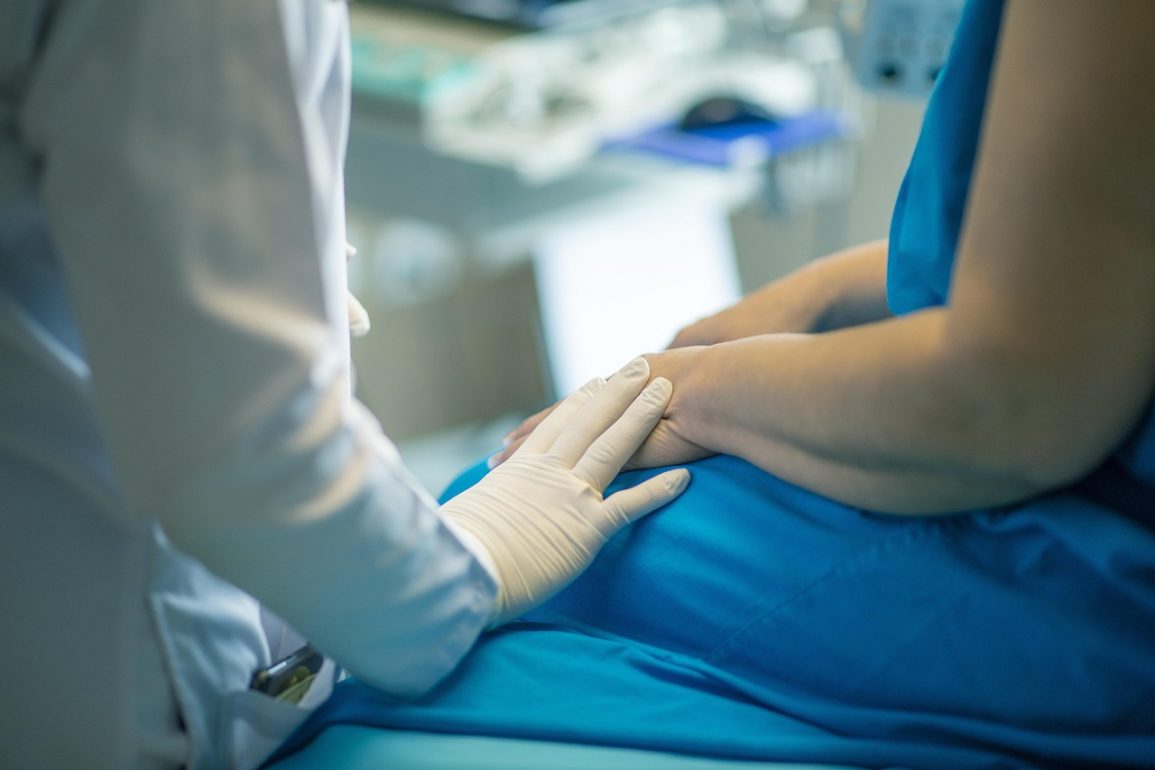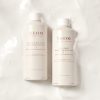What is the fastest way to recover from a breast lift? – Women Talking gets some valuable advice from Michael Saul, Partner at Cosmetic Surgery Solicitors to ensure the quickest and safest recovery following a breast lift cosmetic surgery procedure.
Recovery after a breast lift can take time. As with any surgical procedure, it is important not to rush or to take any risks that could prevent you from healing fully. Still, there are ways you can help to ease your recovery and make sure the process does not take more time than is necessary.
Breast lifts are considered a relatively safe procedure but, as with almost any cosmetic surgery, it has the potential to cause complications. If you follow the aftercare advice given by your cosmetic surgeon and our top tips in this blog post, you can ensure that you have the best possible chance of a smooth recovery without complications.
What is a breast lift?
If the breasts have sagged over time, a breast lift can aid in contouring them and raising them higher on the chest. Compared to breast augmentation, which primarily emphasises shape and size, a breast lift is designed to reduce the effects of ageing and change the contour of the breasts.
During a breast lift, a plastic surgeon removes excess skin and rearranges the breast tissue to raise where they sit on the chest. A breast lift is frequently referred to as a “mastopexy.”
You can choose to have a breast lift if your nipples tilt downward or your breasts sag.
After a breast lift, the size of your breasts won’t change. However, breast augmentation or reduction can be combined with a breast lift and you should discuss your desired result with your surgeon, as this will help you to choose the right procedure for you.
What is the fastest way to recover?
Sadly, there is no “fastest” way to recover from an invasive procedure such as a breast lift, as recovery times are different for every person, and it is important not to take any risks until your body has fully healed.
Directly after a surgical breast lift, the incisions will be covered with thin tape, followed by a larger dressing over the lower part of the breasts. These must be kept on for ten days, after which they should be removed by your medical practitioner, who will inspect how they are healing. Once the dressings are removed, you must wear a surgical bra for three weeks. This will hold the shape of the breasts to ensure that healing happens naturally, without the weight of the breasts affecting the results of the surgery.
Recovery time varies from patient to patient and can take up to 12 weeks, or longer in some cases. This can be affected by bumps, knocks, and any strain or effort. all of which you should avoid wherever possible. Following a breast lift, it’s frequently advised to take a week from work. You should also refrain from engaging in any vigorous activities, including physical activity such as sports and exercise, daily stretching, or any heavy lifting.
No matter how uncomfortable they may be, you shouldn’t try to take off any tape, wraps, or bandages by yourself. Removing dressings, yourself can substantially impede the healing process, resulting in damaged breast tissue and an unfavourable shape for the tissue. If you are concerned about your dressing or are experiencing discomfort, speak to your surgeon for advice.
Keep your chest dry when you wash and when your hair is wet or dripping. Take baths rather than showers, and wash delicately, avoiding the injured area. If water or soap gets into your wounds, this can slow healing, damage the supporting wraps, and cause infection.
It is crucial that you consult your cosmetic surgeon for advice on how to ease and expedite your recovery after surgery because everyone’s recovery is different. You should also speak to them before engaging in any activities that you think might affect the healing process. Here, we have provided some suggestions for making your recovery as fast and comfortable as possible:
- Follow your doctor’s advice. It is vital that you listen to your surgeon’s advice above all, as they will know the details of the surgery and your initial consultation. If you are concerned that their advice is incorrect or that something has gone wrong, you should seek a second opinion.
- Use your compression garment as much as possible. It may not be the most comfortable item of clothing to wear for extended periods of time, but it helps to reduce swelling and bruising around the operation site.
- Rest is vital to your recovery, so you should allow your body to relax and focus its resources and energy on healing. Take time away from work and other activities if you can.
- Eat well. Your body needs the correct nutrients to heal efficiently. It is important to stick to a healthy diet during your recovery.
- Stay mobile. While you should completely avoid intense exercise for several weeks after surgery (or until your surgeon advises you that it is safe), walking can help to prevent blood clots. Take gentle walks around your home to keep your blood moving.
- Do not drive. Driving can put you at unnecessary risk when healing from a breast lift, so ensure that you do not drive while you are recovering, especially while you are taking pain medication.
- Do not drink or smoke. Drinking and smoking hinder your healing process, so be sure to stay away from cigarettes and alcohol.
Ultimately, while it is impossible to speed up the healing process, following your surgeon’s aftercare instructions and the advice in this guide is the best way to avoid unnecessary delays, and ensure that you can get back to your day-to-day life as soon as possible.
Poppy Watt


